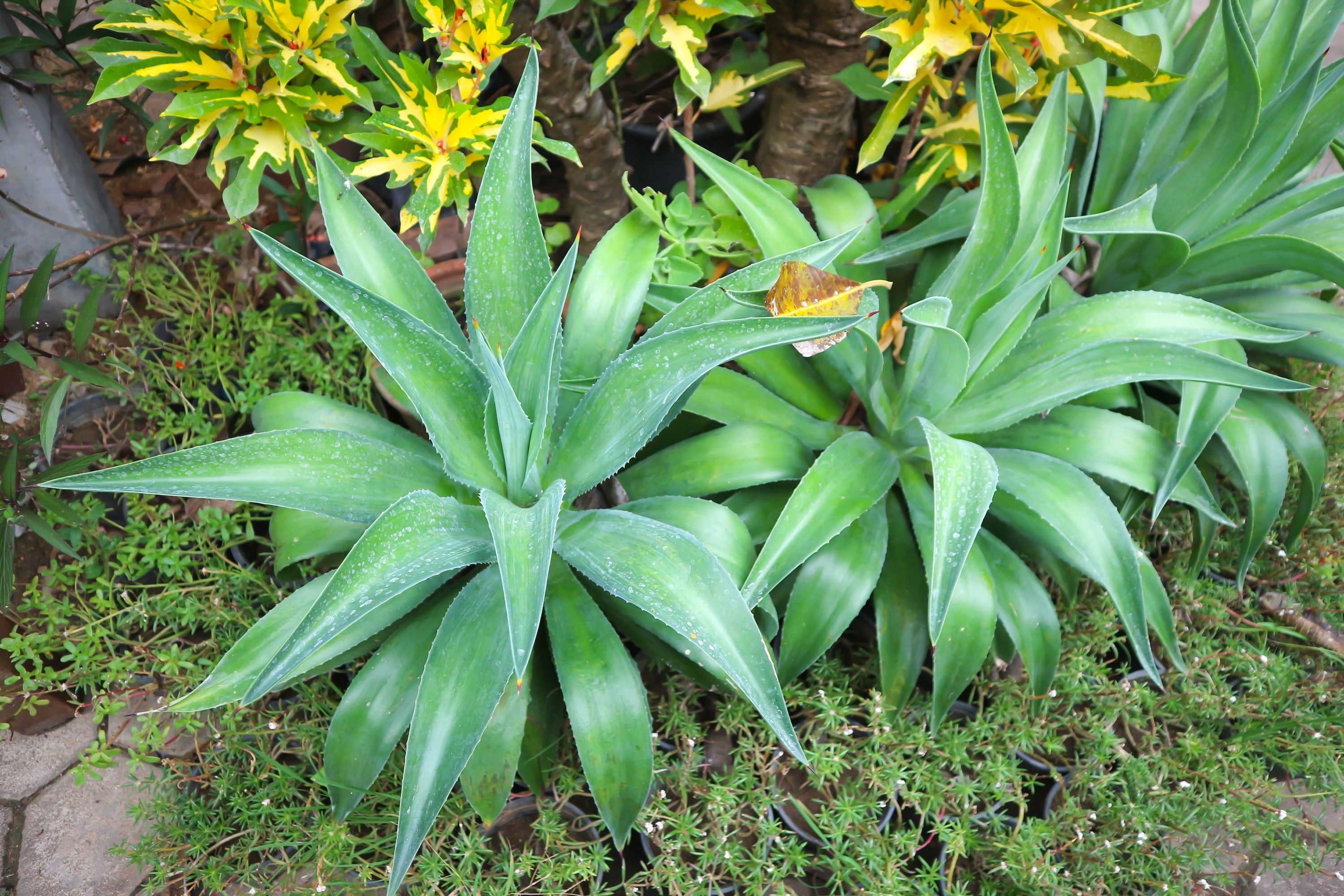Agave cocui
(Agave cocui)

Description
The Agave Cocui is a rosette biotype, acaule or almost acaule with light green to grayish leaves, with an underground corm and aerial foliage, made up of an average number of 20 to 30 fleshy leaves, lanceolate or elliptic - lanceolate from 6 to 9dm, and about 20 to 25 cm wide, apically to terminal conical spine and lateralprickles. Inflorescence on a single stem, central 2-4m, which carries a large number of corymboid racemes on the upper part, which together show hundreds of yellow flowers from 3 to 5 cm. Capsular fruit with numerous discal, rough, black seeds. The plant has an average height (without stem) of 8 to 10 dm, a diameter of about 1 m and an estimated weight of 30 to 60 kg when adult. Its root system is made up of a thick central axis and a bunch of 15 to 20 relatively thick and extensive secondary roots that allow the plant to anchor itself on various kinds of substrate, be it rocky, shale, sandy or dusty soil and capture moisture that falls through the soil. Around it, it is usually seen isolated from other agaves but together with other species. The Agave cocui is a plant known since pre-Hispanic times, the native peoples used its juices for craft or domestic rituals. In the arid and semi-arid lands of the states of Lara and Falcón (Venezuela), European colonization assimilated the uses of the cocui, using its fibers to make threads. For their part, the stalks or pineapples are used after a cooking process in which a sugary must is obtained that is fermented and then distilled for the production of a brandy orcocuy liqueur. The plant has not ceased to be used to a greater or lesser degree since then. The Agave cocui has folkloric importance and great commercial potential. Agave is a genus of monocots native to the hot and arid regions of the Americas, although some Agave species are also native to tropical areas of South America. The genus Agave (from the Ancient Greek αγαυή, agauê) is primarily known for its succulent and xerophytic species that typically form large rosettes of strong, fleshy leaves. Agave now includes species formerly placed in a number of other genera, such as Manfreda, ×Mangave, Polianthes and Prochnyanthes.
Taxonomic tree:







